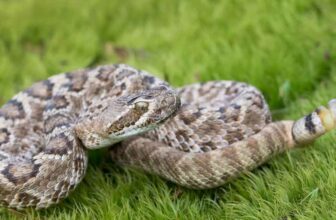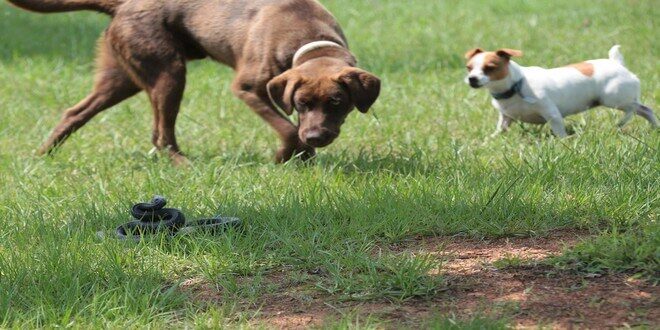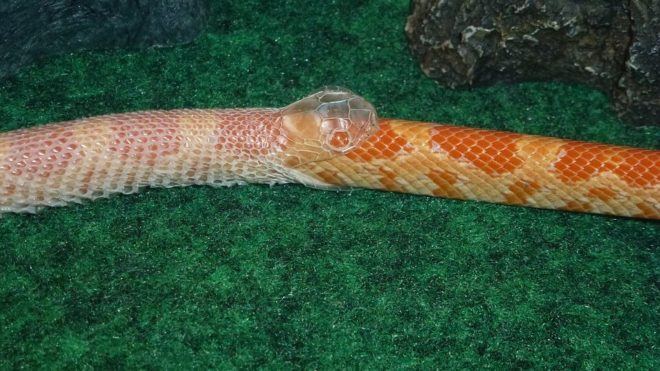Getting a pet snake can be an exciting experience for an owner of any age. Whether you are a yearning herpetologist, hoping to join the current 4.5 million families with reptiles, or are a more experienced keeper searching for a fledgling snake, this rundown will assist you with acquiring the ideal one.
Keeping livestock and companion animals is one thing, but keeping a pet snake is a whole different story. They have incredibly varied maintenance and husbandry needs depending on the snake in question. This also means that s Selecting a snake for a beginner could be challenging, as each keeper will require one that is most suited to their aptitude and capacity for handling and care.
Recognizing the challenges behind a beginner’s ideal snake selection, we put together this post in which we examine the best 20 pet snakes that novice handlers may take care of in terms of cost, disposition, and maintenance simplicity.
Top 20 Pet Snakes for First-Time Owners
1. Smooth Green Snake
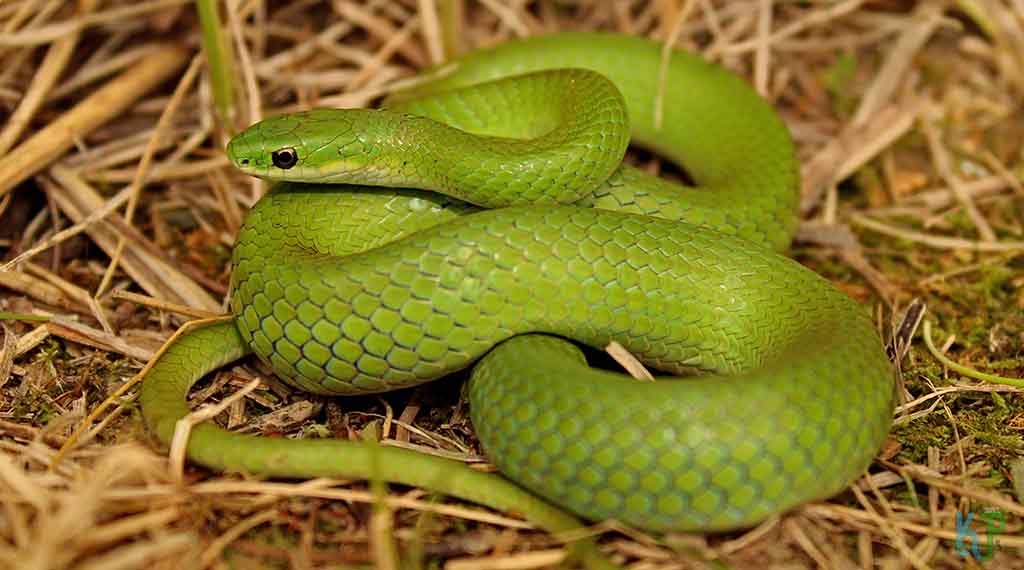
This lean-built snake, much like its rough counterpart, is a North American native. It can be fed insects and kept in a compact container (like a 10-gallon vivarium), but it doesn’t endure prolonged handling too well. They work well for people who want to maintain a reptile primarily for exhibition purposes rather than as an interactive pet.
The Smooth Green Snake’s disposition and care needs are similar to those of its cousin, the Rough Green Snake, which appears later on in this list. The difficulties involved with finding this snake species sold for captivity is the reason that it is all the way at the 20th slot on the list. Wild Smooth Green Snakes are troublesome creatures (never mind illegal to keep), and the number of certified breeders is quite nominal. But if you are looking for a good beginner pet snake, it isn’t a bad option, assuming you can locate one.
Even though they can’t be held regularly, their small size allows for simple husbandry, simple feeding, and a good learning experience for any starting snake owner. Its lifespan is 15 years at most, while its price varies depending on where they are sold.
2. Ringneck Snake
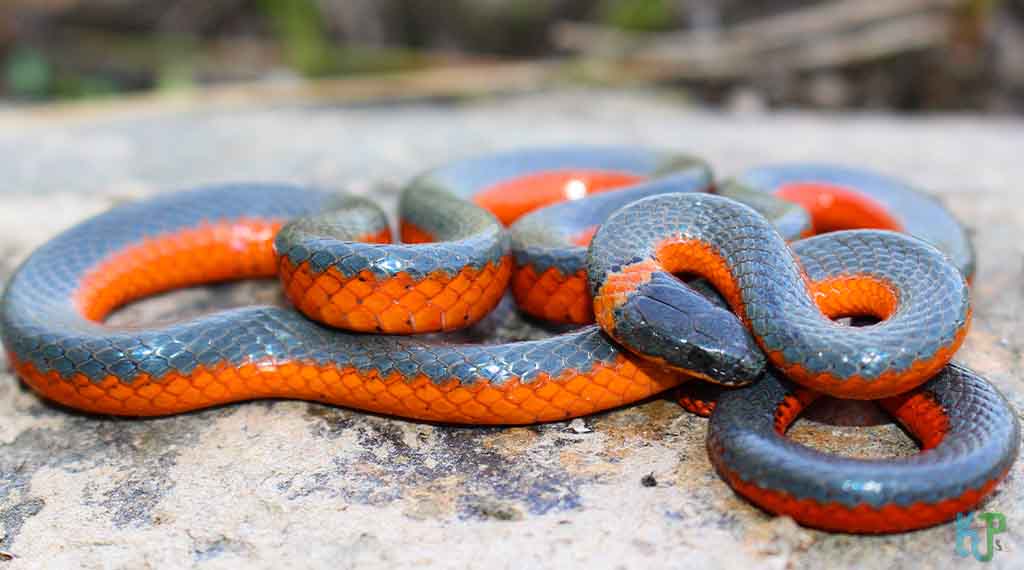
Another North American native snake with a distinctive yellow or orange ring around its neck is an accurately named Ringneck snake. The Ringneck is tiny relative to its snake cousins, measuring, on average, only one foot.
These snakes require additional husbandry (such as adequate heating and lighting accommodations) than many others on this list, and their diet is largely composed of earthworms. They are typically placid and will put up with limited durations of handling, but if this happens regularly without a break, they may grow agitated.
Despite the fact that they carry venom to wound their prey, humans are safe from it, mainly because their mouth is too small to issue any type of harmful bites.
They are somewhat rare since they are not as prevalent as other pet snakes. They cost between $10 and $30 and have a lifespan of about a decade, though they more commonly last about 6 years in captivity.
3. Rainbow Boa
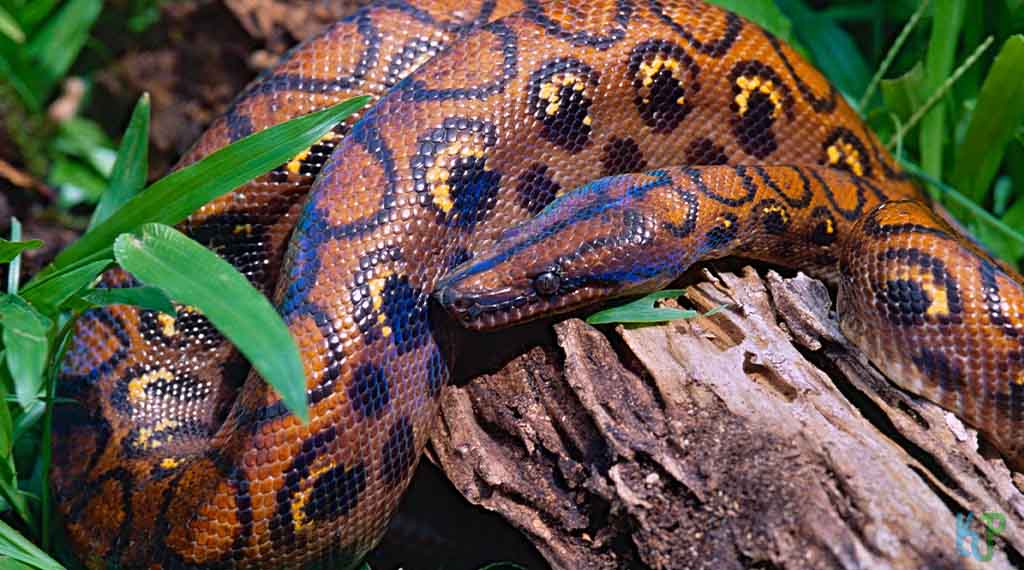
Although it is not typically suggested for beginners due to its demeanor which can be reclusive and nippy demeanor, the Rainbow Boa, a South African native, has earned a position on this list due to its other redeeming traits. The most well-known and admired attribute of Rainbow Boas is definitely their magnificent coloring. They have skin that shines and gleams iridescently in the proper light.
Due to their native tropical habitat, they require specialized care and particular tank conditions that include considerable heat and humidity. With repeated handling, the proper Rainbow Boa can become less belligerent and timid as it grows out of its nippy and shy phase of adolescence, into adulthood.
Even though they may require more maintenance, if enough time and attention are invested in their care, they turn out to be fantastic reptile pets. With that said, they are best suited for a novice keeper who is prepared to make a significant commitment and learn how to handle the animal properly.
The average length of a Rainbow boa is 5 to 9 feet, and they can live up to 20 years. Additionally, they are one of the pricier pets on our list, usually costing between $200 and $600. Various morphs, including albinos, can demand far more, costing up to $2,000 or $3,000.
4. Carpet Python
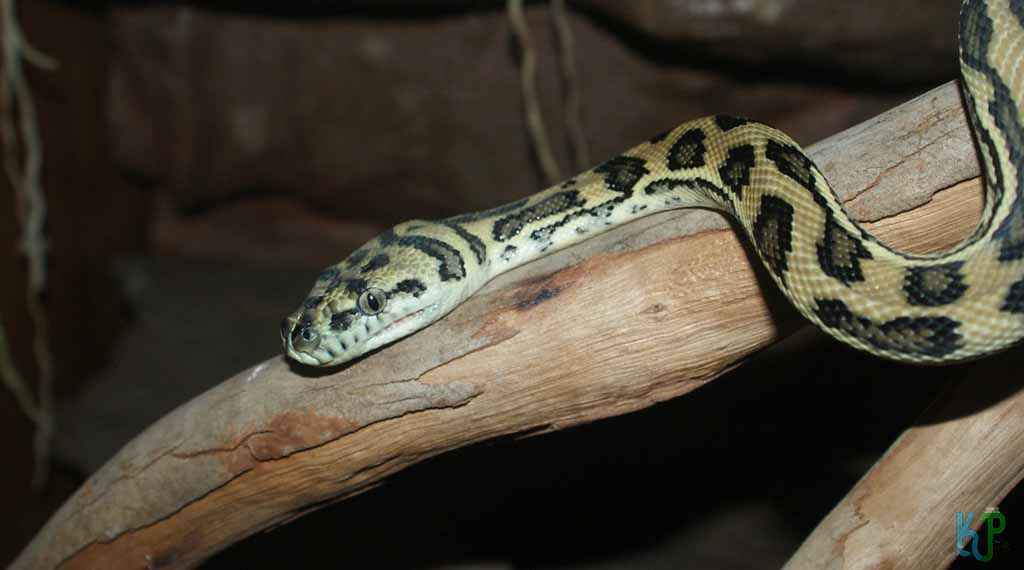
The Australian Carpet Python can be found in several varieties and hues. The typical length of this Python is 6-6.5 feet, making it slightly longer than other snakes. They require many of the same temperature, lighting, and feeding guidelines as other species on this list, including hot temperatures, consistent illumination, and rodent prey.
Young Carpet Pythons are known to be nippy, but with regular handling, they tend to adjust and grow into tolerant adults. Generally, this is exactly the reason why most novice snake owners like to start with a more docile species, but this is no way to say that a Carpet Python won’t turn out to be a great pet. Those who live with snakes with a variety of colors tend to especially gravitate to this snake. It can be purchased for between $100 and $300, with a lifespan of about 20 years.
5. Cape House Snake

The 2 to 4-foot-long African native Cape House snake, shares basic husbandry needs with other snakes. Its diet consists primarily of rodents. They aren’t the most popular snake around, but they do make a great choice for beginners. They are reasonably priced (only between $60 and $150), they are generally timid in terms of disposition, and once acclimated to their new surroundings, are generally relaxed enough to be handled.
They aren’t overwhelming in size, and their bite (though it can happen), poses no dangerous threats. The one downside of the Cape House snake is that even with great care, they only live up to about 8 years.
6. Dekay’s Brown Snake
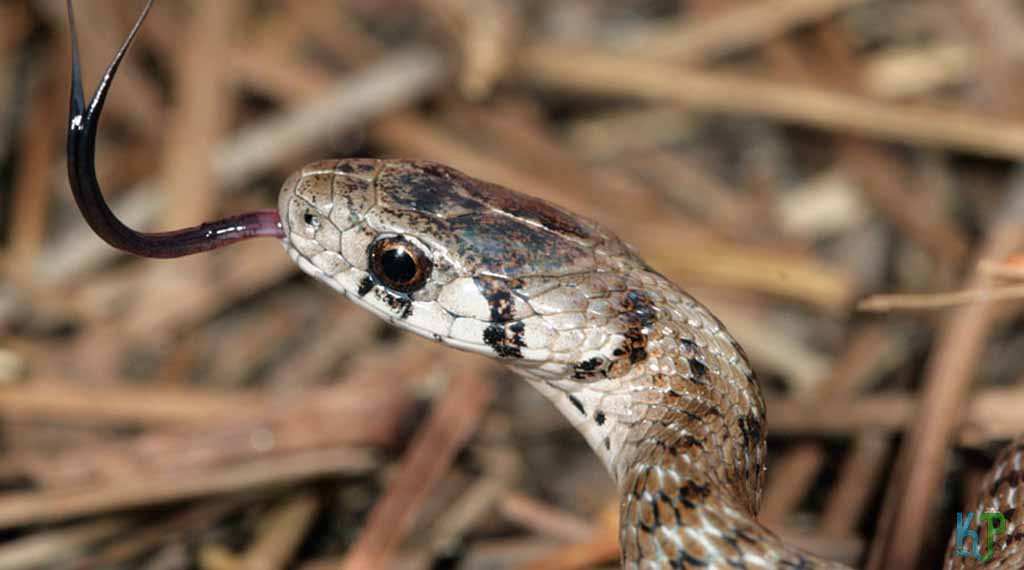
Herpetologists don’t think that Dekay’s Brown snake is a great option for keeping, but most snake experts agree that they do make a good novice owner choice. They don’t have a very long lifespan (only about 7 years), but they cost only $10 to $30, and, due to their small size (normally under a foot), do not require a habitat or tank as large as many other species.
Most snakes require tight temperature control, with their tanks requiring particular warmth. This is due to the species’ evolutionary acclimation to their native habitats. This species, however, is native to North America, meaning that they are more adept to colder climates, reducing the husbandry burdens on their keepers. Beyond that, the Brown snake is curious by nature, so handling and surrounding human activity stress them out less.
Their small size means that rather than eating rodents, they eat earthworms and small insects, which means their diet will be less costly to their owners. All of these factors combine to allow them to live and thrive with relatively small husbandry demands from beginner owners.
7. African Egg-Eating Snake
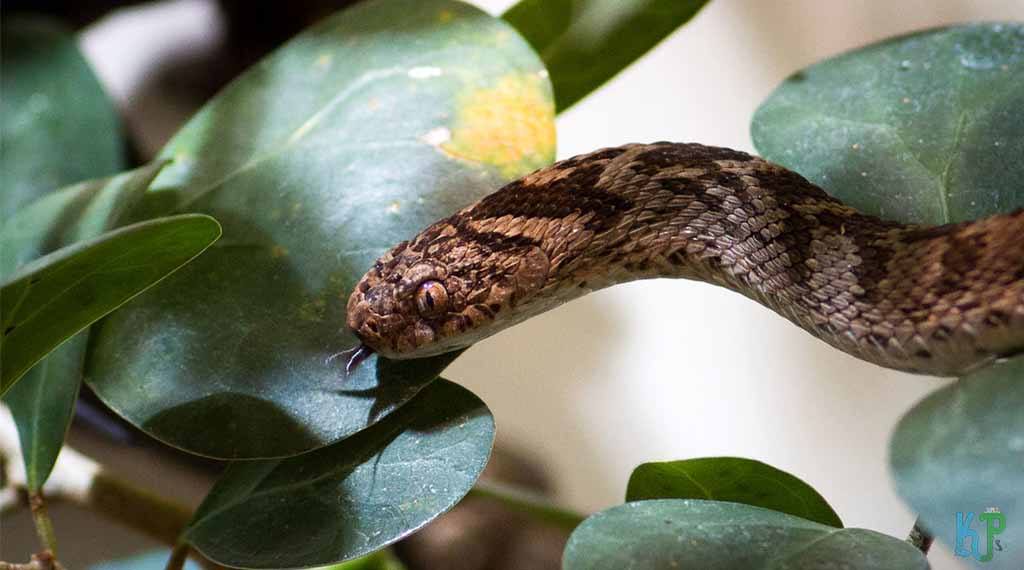
This snake breed’s name is quite on the nose, as their diet is exclusive to consuming bird eggs. As one can imagine, this makes this type of very specific dietary necessity would be quite difficult for any owner. They cannot consume chicken eggs, as those are too large, requiring quail or finch eggs instead. On the other hand, some owners may find this easier than feeding snake rodents regularly.
The African species doesn’t grow beyond 2 to 2.5 feet, so they aren’t particularly large. Because their native environments are arid, they do not have particular humidity requirements like many other snake species. The other upside of this snake is when they feel defensive, they rely on mimicking the colors of other, more dangerous reptiles, rather than lunging for bites. Therefore, humans are safe from any bite risks from this species.
They may take a little while to get used to being handled, but once acclimated to the practice after frequent human interactions, they are docile and calm during the process. They can be purchased for $60 to $160, and have a lifespan of about 15 years.
8. Rat Snake
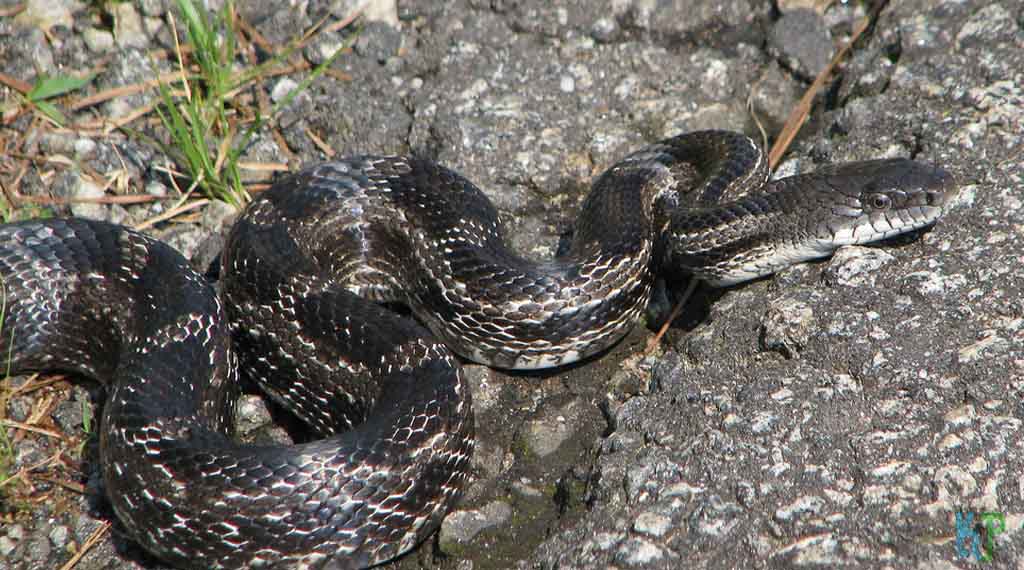
The Rat Snake belongs to the same genus (Pantherophis) as its cousin the Corn Snake, though it isn’t as popular. Generally found throughout wooded areas and barns of the US, the average-sized Rat Snake (about 3 to 5 feet typically), primarily feasts on rodents. Their “luring” tactic to unwitting prey is that they lie motionless and “play dead” until the prey is near enough for a kill.
Much like Corn Snakes, they are docile and shy by nature, even when regularly handled. Due to their native continent, they do not have severe heat requirements. Their tanks should still be on the hotter side, but when not in the tank, they are content with room temperatures as well.
Their docile disposition and ease of care make them a great reptile pet choice for beginners of most ages. Depending on the morph choice, their prices can fall anywhere between $30 and $300, but with good care, the Rat Snake can live for as long as 30 years.
9. Children’s Python
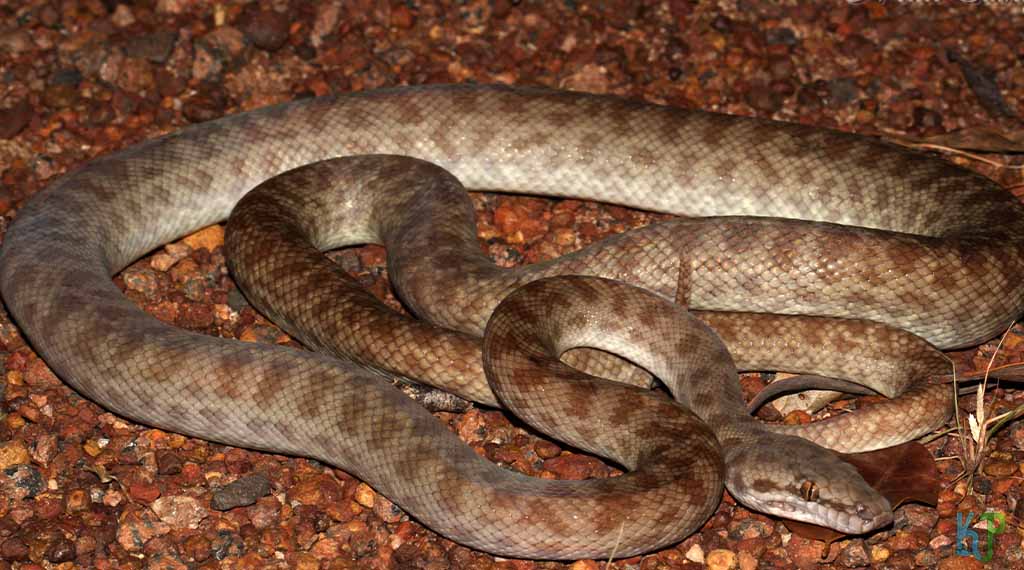
This python breed’s name is not what you think. It was named after acclaimed zoologist John George Children and is a moderate-length reptile (of about 2.5 to 4 feet) from rock Australian terrains. While they are not as flashy or colorfully magnificent as some other snakes on this list, they are calm, used to handling when experiencing it frequently, and do not have overly particular husbandry demands.
Beginner herpetologists can handle these snakes with relative ease, they can live as long as three decades, and depending on where they come from, range from about $70 to $350 in price.
10. Rough Green Snake
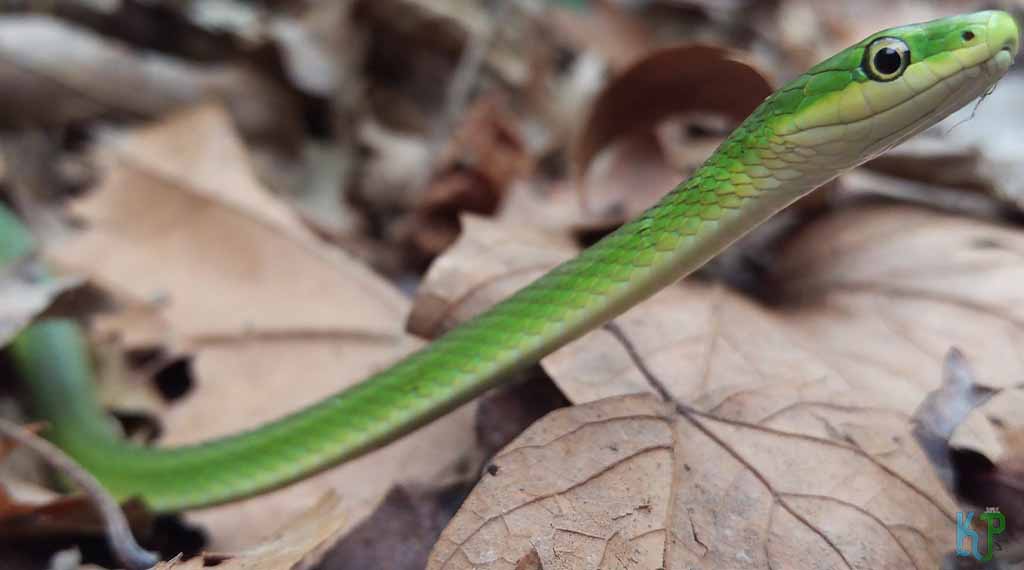
This small, thin snake species can be found along the southeastern United States and parts of the northeastern Mexican regions. Considering the slenderness of their bodies, they can grow to an impressive length of about 2.5 feet. Generally found in wooded areas, they feed on spiders and other smaller insects. That fact makes them easier to take care of for beginner human keepers who do not wish to spend money on rodents.
In broad terms, the husbandry requirements of this species are not difficult. They can live for about 15 years in the wild, but they don’t last quite as long in captivity. In terms of handling, their bodies make them easier to handle, but it isn’t recommended as they can easily become scared and stressed from such engagement too frequently.
But in terms of pets for beginners who are just learning about taking care of a snake in captivity, rather than those looking to handle them frequently, the Rough Green snake makes a fine choice for a first-timer’s reptile pet.
11. Common Boa Constrictor
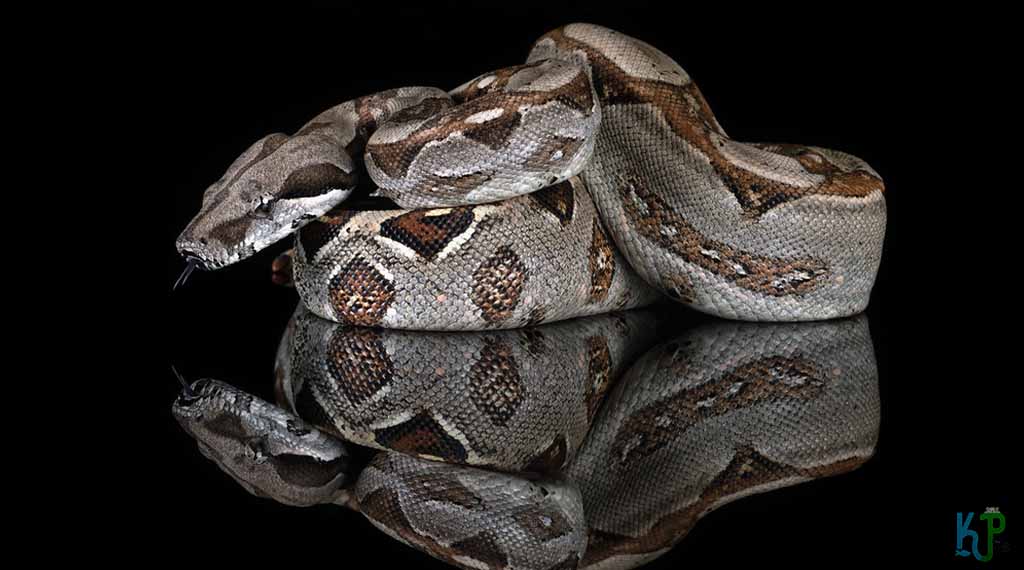
The Common Boa Constrictor is not generally at the top of anyone’s list of reptiles to have a first pet, mostly due to their large size (13 to 16 feet), and the need for someone strong enough to hold them. But that doesn’t mean that they don’t have beginner-friendly potential.
Found across the majority of Central and South American territories, their diets span from fish, lizards, and other smaller animals, all the way up to deer. In captivity, they thrive when feasting on chickens, rabbits, and rats, though what they can handle generally depends on their size.
While the husbandry requirements for the Common Boa are similar to those for other pet snakes, they require a larger enclosure. When they are handled frequently, they are generally calm, but owners need to be sure that the snake does not feel threatened, as it tends to coil itself around people when it does. Needless to say, this is not an ideal first pet for a child, more suited to adults who can exercise higher levels of control.
Having said that, if handled regularly, they are tolerant of the process and can be a great pets. They can live for up to 30 years, even in captivity, and can be purchased at a price point between $60 and $200.
12. Kenyan Sand Boa

Two of the hallmark traits of a Kenyan Sand Boa are its aerodynamic shape and smooth scales, which they use to burrow into the sand. They use this method to suffocate the pinky mice prey that comprises a large part of their diet. When kept in a tank, they require several sand layers for this purpose. That means that, unlike tanks with simple substrates like newspaper, their tanks are significantly harder to keep clean.
As their name implies, they are native to the hot African climate, so their tanks need to be warm. They are not large in size, reaching just about 2 feet at most, the Kenyan Boa is generally even-tempered, but they may not want to be handled much. If an attempt is made, however, they are far more likely to squirm away to escape than launch an aggressive biting attack.
Aside from their occasional feistiness, they make very good beginner reptile pets. They can live for two decades, and depending on the morph, can cost anywhere from $75 to $200.
13. Western Hognose Snake
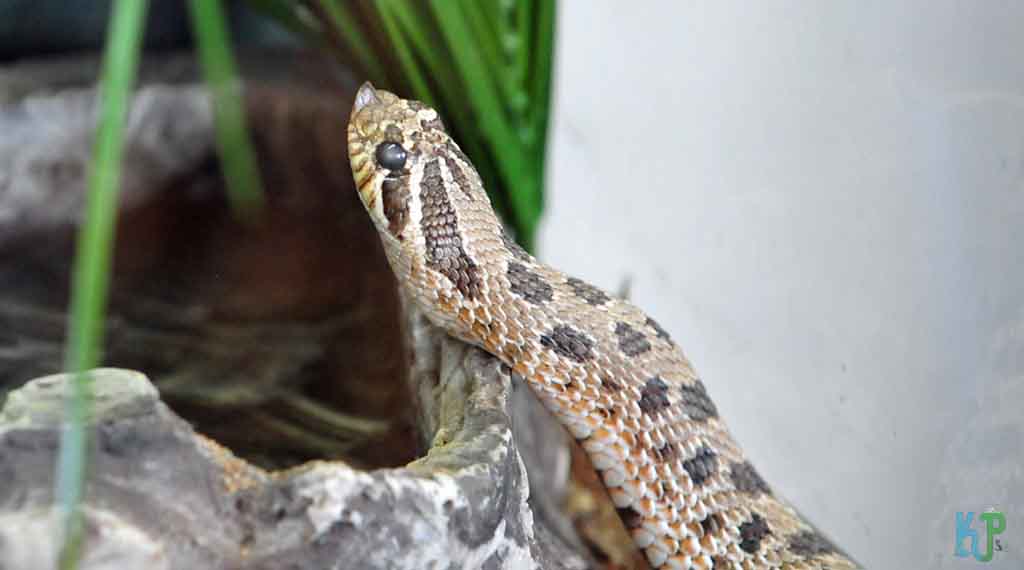
Hailing from the western parts of the US, as denoted by its name, the Western Hognose snake can be found in northern Mexico and southern Canada as well. Their distinguishing feature is their upturned nose. They are largely dormant at night and during most of the day but are more active in the mornings and evenings.
Their diet in the wild consists largely of toads and smaller lizards. While digging for sand to find hiding toads is their primary method of hunting, the Western Hognoses will eat small lizards and small rodents if they cannot find their favorite croaking delicacy. When threatened they hiss and flatten their heads, and could even strike when particularly stressed, but they are not known for biting. Actually, their hissing is not even meant to be aggressive in nature. In fact, they are more conflict-averse, preferring to “play dead” than attack.
For a smaller snake, they are quite pricey, costing between $100 to $700, but they take well to being handled when they are used to it, which makes them a good beginner snake choice for novices.
14. Garter Snake
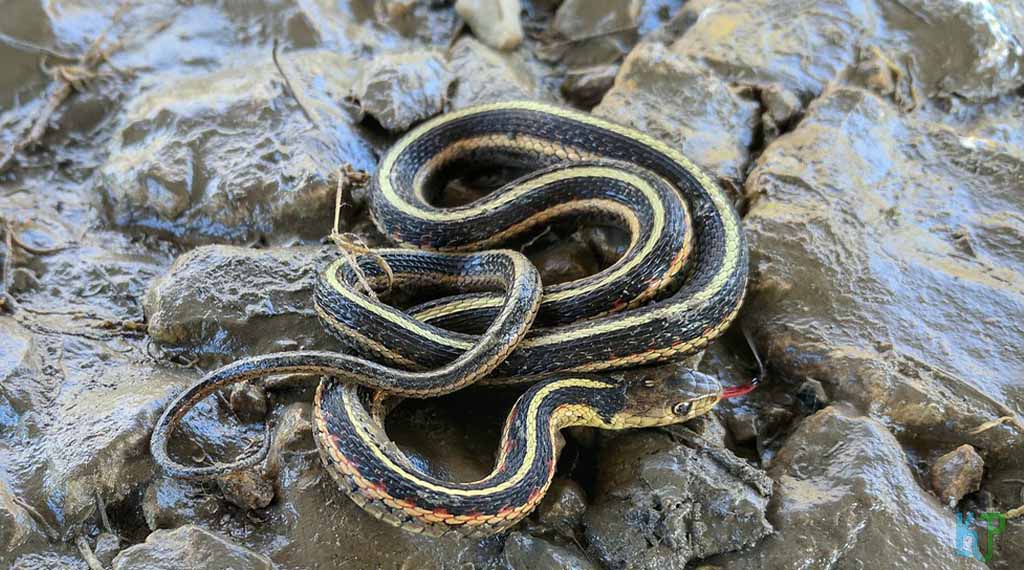
Since the Garter snake is one of the most common species found in the US, they end up as pets in many American homes, especially thanks to their low asking price of $15 to $50. Their diet in captivity consists of worms and small fish, and their heating requirements are not challenging. They only grow to 1.5 to 2 feet, though some can grow as long as 4.
They are distinguished by a stripe that runs down their back. Because they are native to marshy, woody, and meadow-based areas, their tanks need to contain a water source. Like some other beginner snakes, they like to bask in the sun to get the warmth they require, so their tank also needs a basking lamp.
While many think of Garters as those snakes that are all over their yards, they make pretty decent reptile pets, and popular ones at that. They are easygoing and tame, even in the wild. This makes them easier to handle by beginners, who need a docile-natured snake to learn the ropes.
15. Gopher Snake
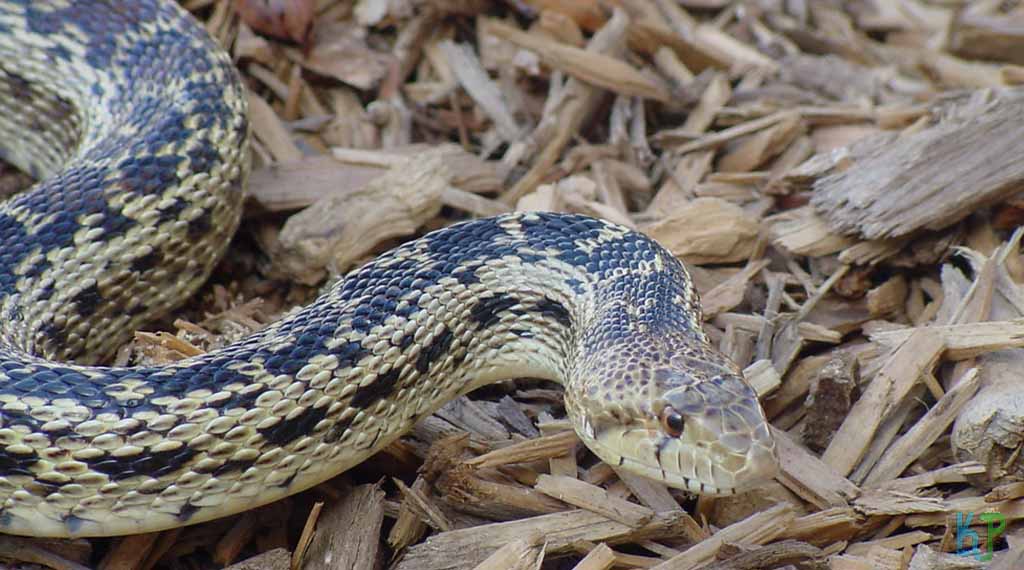
Sometimes known as a Pine or Bull snake, the Gopher snake is a western US native species that are both tame and active enough to make a great reptile bet for beginner owners. They sometimes frighten prospective owners as they resemble rattlesnakes, but a closer look can reveal that their pupils and noses are rounded, and they don’t have fangs.
Whether the Gopher is diurnal or nocturnal, they are generally quite active in their non-dormant hours. They are one of the longest snakes on this list, growing as long as 4.5 feet. Much like their rattlesnake look-alikes, they rattle their tails and hissed when feeling threatened, but they have no venom. They do bite, however, as a measure of defense, but while their bites are painful, they are not harmful.
With that said, it does tend to be calm enough to be handled by reptile owners, including beginners. They enjoy basking in the sun, so they need a heat lamp in their tank. They can live up to two decades. The regular price of a Gopher snake is around $90, but albinos have a price point closer to $190.
16. Milk Snake
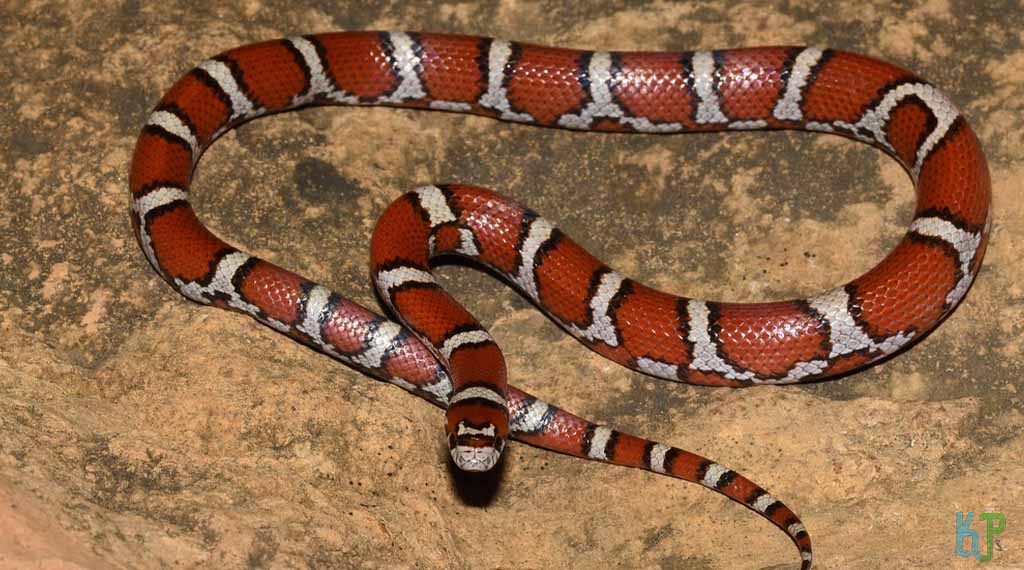
Much like the California King (which we will talk about later in this list), the Milk snake is another variant from the same family. Native to Mexico and the United STate,s they are usually white and black, rounded by red body rings. They reside in rocky and woody areas and are not usually going out of their way to bask in the sun openly. They do, however, enjoy getting heat from warmed-up logs and rocks.
When kept in a tank, this means that a sub-tank heater might be the best option for this species. They only grow up to about 2 feet, most of which happens in their first few years alive. Their care requirements are pretty basic, and with good care, they can live up to 20 years.
They are calm and very rarely bite, much like other King species, so they are more than adequate for amateur herpetologists to handle. They can be found at price points ranging between $50 and $200.
17. Rosy Boa
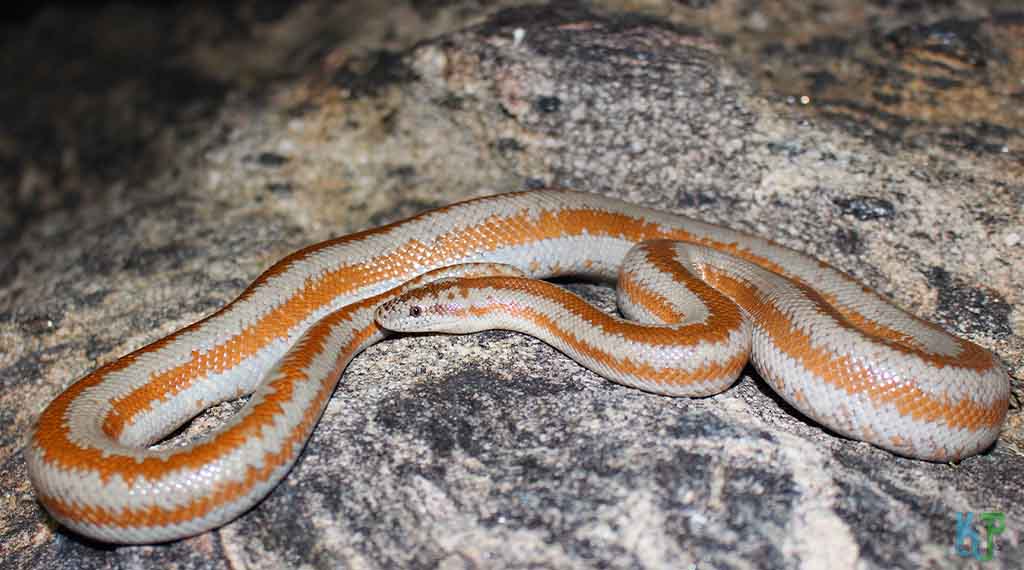
Typically found in parts of Mexico and the western coast of the United States, Rosy Boas, true to their name, are a confluence of brown, rose, and pink in color. They are curious by nature and enjoy being handled, which makes them great for beginner keepers. They are also hardly ever prone to biting. In captivity with great care, they can live for as long as three decades, and cost between $25 and $350, depending on which breeder (private or public) they are acquired from.
Their husbandry needs are simple, making them easy to care for. They are docile as well, leading to being a great choice for a first-time reptile owner. They are not, however, quite as popular as our list’s top three placeholders.
18. Ball Python
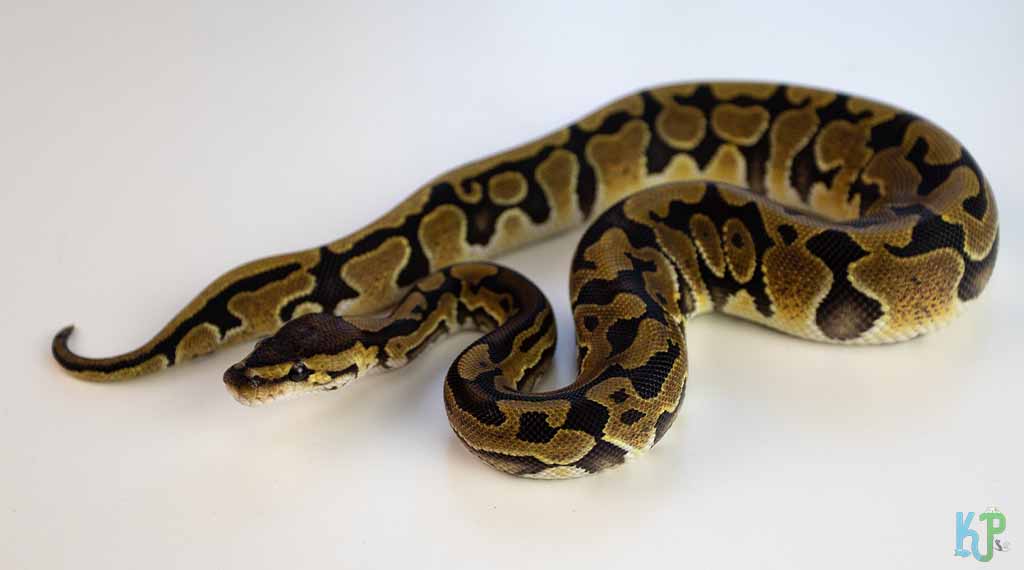
Hailing from the grasslands of central and western Africa, the Ball Python, which gets its name due to its curling up into a “ball” in a quest for safety, loves to seek out rodents in burrows. They like to come out for their activities during the night, staying mostly hidden during the daytime hours.
In the wild, the Ball Pythons are brown with lighter patches, and various members bred in captivity can span a color spectrum. While a python spurs thoughts of a giant snake, these guys grow to a relatively modest 3.5 to 5 feet in length as adults. They can live between 2 and 3 decades.
They are not aggressive snakes, very reluctant to bite, and prefer to take their namesake’s ball shape when feeling threatened. However, with repeated handling and assured safety, they will grow out of this behavior. Their diets are probably the toughest part. While they enjoy eating mice, they are notoriously picky about how they want their meals. They will only eat their food thawed or freshly killed.
The Ball Python is a very common first snake for many beginner reptile owners, because of their dietary diva-like behavior aside, they are quite easy to take care of and docile at handling. Their price ranges fall anywhere between $25 and $200.
19. California King Snake
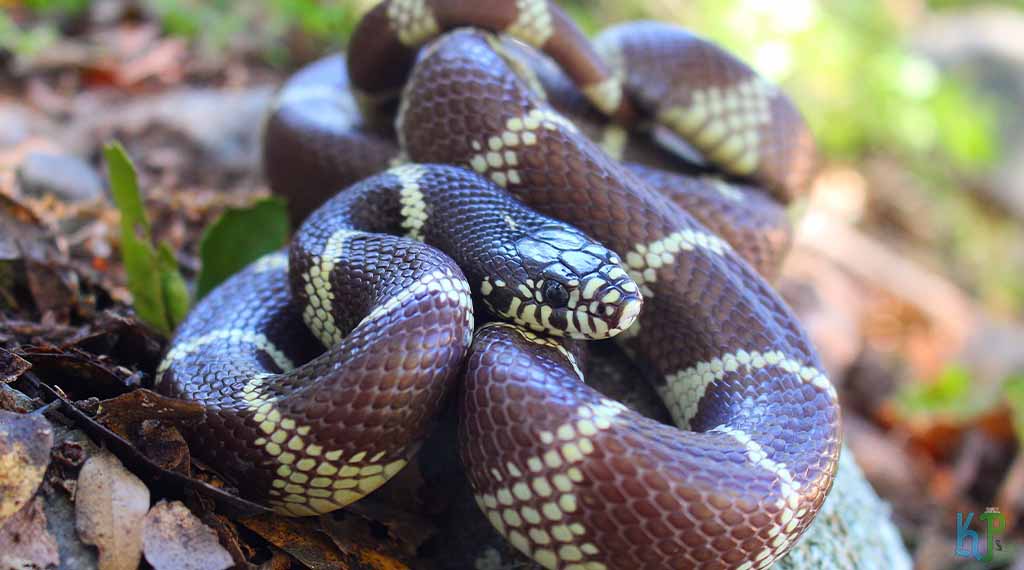
The most popular pet among King Snakes is the California King, a US native that is distinguished by yellow speckles, bands, or stripes along its brownish-black body. They grow to about the size of a Corn snake (2.5 to 5 feet), though, unlike their cousins, they are not nocturnal, preferring to be active during the daytime. They do need their dark hours balanced with their light ones to stay healthy, however.
They can live up to 20 years in captivity and enjoy mice for their diets. They can be shy but are calm when handled. When they feel threatened, they don’t typically strike but coil up to defend themselves, a behavior that goes away once the animal is familiar with the safety of the handling engagement.
Their care requirements are basic and their easy temperament makes them great beginner pets. They also fall into a price range of $70 to $170, which is not outrageous.
20. Corn Snake
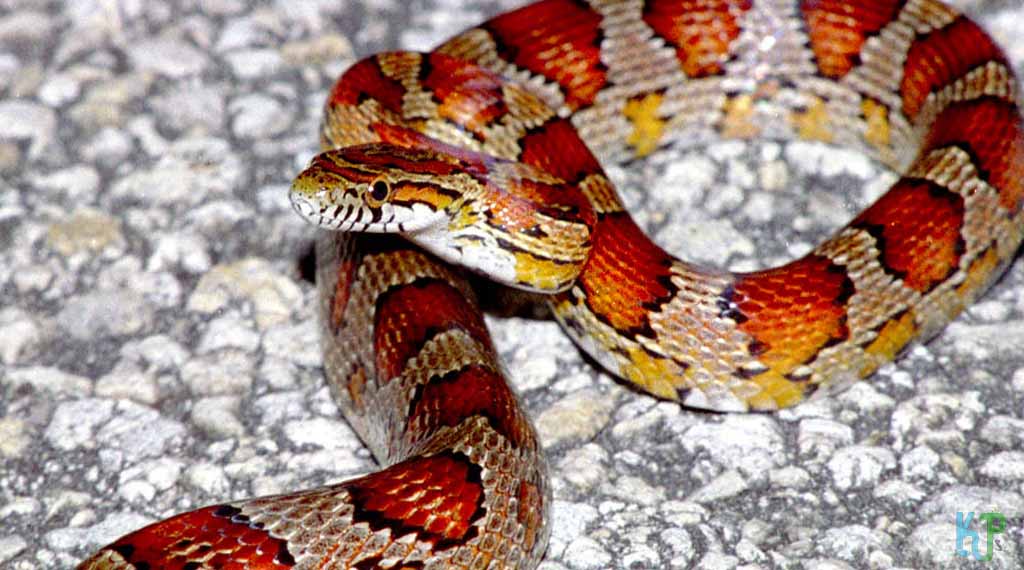
The most popular pet snake is the Corn Snake. They live on the ground and are moderate in size. Their disposition is gentle, making them ideal first snake pets. Their bodies are orange or brown-red, with reddish-black blotches, but in captivity, they are bred to many different hue variations.
As babies, Corn snakes are about 10 to 12 inches long, growing to 3 to 4 feet as adults. Captive-born members of the species are usually better tempered and healthier, but professionals have taken in snakes from the wild too with a lot of success. They require a 20-gallon tank (such as a large fish tank), the temperature of which should be between 72℉ to 90℉ with a warmer side and a cooler side.
Their diet in captivity primarily consists of pinky mice. Any health issues Corn snakes present are generally related to inadequate husbandry. When taken care of, they can live for as long as 20 years. In terms of price, they usually cost somewhere between $40 and $100.
So Which Choice Is Best?
Most of the snakes on this list make a great first-timer pet to varying degrees. The great majority of them are docile, easy to take care of, and many are fine with handling, though some have to go through an adjustment period to get used to it. Choosing a reptile to keep as a pet, especially for a beginner needs to be based on one’s lifestyle and intent. If the intent is to have a pretty snake or one that is fine with handling, one may choose differently from our list of 20. In general, it is always a good rule of thumb to go for the domicile one.
Corn Snakes and Ball Pythons are as popular as they are because they present minimal maintenance hardships and are fond of handling. Regardless of the snake choice, keep in mind that like any other pet, they become dependent on their keepers for their food and health. Most live for at least 10 to 20 years, which makes taking in a snake as a pet a long-term commitment.
Are you thinking about getting a snake as a pet for your child? It’s important to choose the right species to ensure both the safety of your child and the well-being of the snake. Our article on the Best Snakes for Children will help guide you in the right direction. We cover the most suitable species for kids, their care requirements, and what to consider before making a decision.
Frequently asked questions:
How long do snakes live as pets?
The lifespan of snakes varies depending on the species, but on average, snakes can live for 15-20 years in captivity as pets. However, some species such as ball pythons can live up to 30 years or more with proper care.
Are hognose snakes good pets?
Yes, hognose snakes can make good pets. They are generally docile and easy to care for, making them a great choice for beginner snake owners. Hognose snakes also come in a variety of colors and patterns, making them visually appealing pets.



